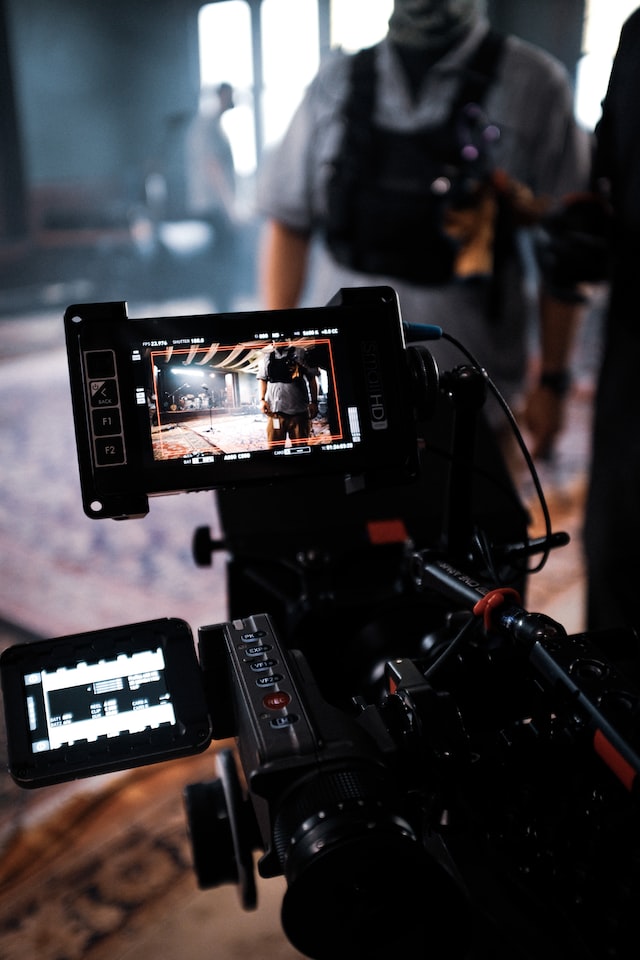Lighting is a critical component that can transform the quality of your footage. However, for those working on a budget, professional lighting equipment might not be an option. Fortunately, with a bit of creativity and some DIY techniques, you can achieve professional-looking results without breaking the bank.
1. Natural Light
One of the simplest and most effective lighting techniques is to utilize natural light. It’s not only free but also offers a quality that is hard to replicate with artificial sources. The key is to understand how to harness it effectively.
- Time of Day: Shooting during the “golden hour,” just after sunrise or before sunset, provides a soft, warm, and diffused light.
- Window Light: Indoors, position your subject near a large window. The natural light can create a beautiful, soft look that’s ideal for interviews or portraits.
- Reflectors: Use a simple reflector (even a piece of white cardboard can work) to bounce natural light onto your subject, filling in shadows and balancing the exposure.
2. Work Lights
You don’t need expensive studio lights to get good lighting. Hardware store work lights are a budget-friendly alternative. These lights can be quite harsh, so here’s how to soften them:
- Diffusion: Soften the light by placing a diffusion material (like a white bedsheet or shower curtain) in front of it.
- Bounce: Instead of pointing the light directly at your subject, bounce it off a wall or ceiling to create a softer, more diffused light.
3. DIY Softbox
A softbox diffuses light, creating a soft, flattering light that reduces harsh shadows. Making your own is straightforward:
- Materials: You’ll need a cardboard box, aluminum foil, white fabric or paper, and tape.
- Construction: Line the inside of the box with aluminum foil to reflect light. Cover the front with white fabric or paper as a diffuser. Place your light source inside the box, and you have a homemade softbox.
4. LED Strips
LED strips are an affordable and versatile lighting option. They’re available in various colors and can be used to create unique lighting effects.
- Background Lighting: Use LED strips to add color to your background or create a silhouette effect.
- Accent Lighting: Highlight certain aspects of your scene or subject with small, strategically placed LED strips.
5. China Balls
China balls, or paper lanterns, are a cheap and effective way to create soft, even light. Hang them overhead or off to the side of your subject, and place a bulb inside. They’re particularly useful for lighting a wide area or creating ambient light.
6. Creative Color Effects
Experiment with colors to create different moods or effects.
- Colored Gels: Place colored gels over your lights to change the color temperature or mood.
- DIY Filters: Use colored transparent materials like plastic folders or fabric as makeshift gels.
7. Smartphone Flashlights
Don’t underestimate the power of your smartphone’s flashlight. It can be a handy tool for adding a little extra light to a scene or for creating catchlights in a subject’s eyes.
Conclusion
While professional lighting equipment is ideal, it’s not always necessary for creating quality video content. With a little ingenuity and some household items, you can achieve excellent lighting on a budget. Remember, the best lighting setup is the one that works for your specific project needs and creative vision. Experiment, adapt, and most importantly, have fun with the process!
